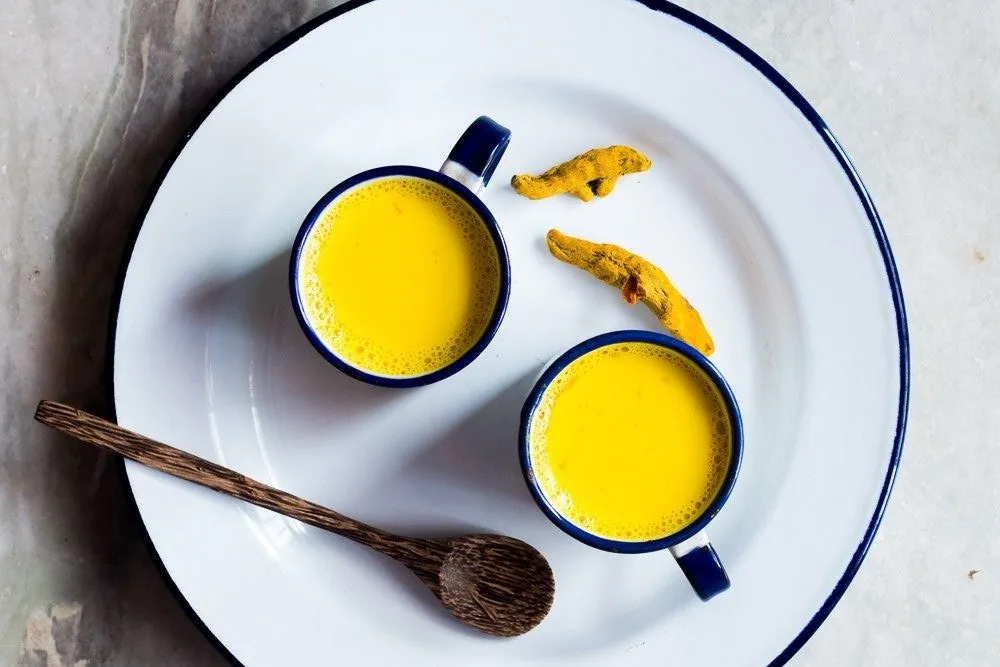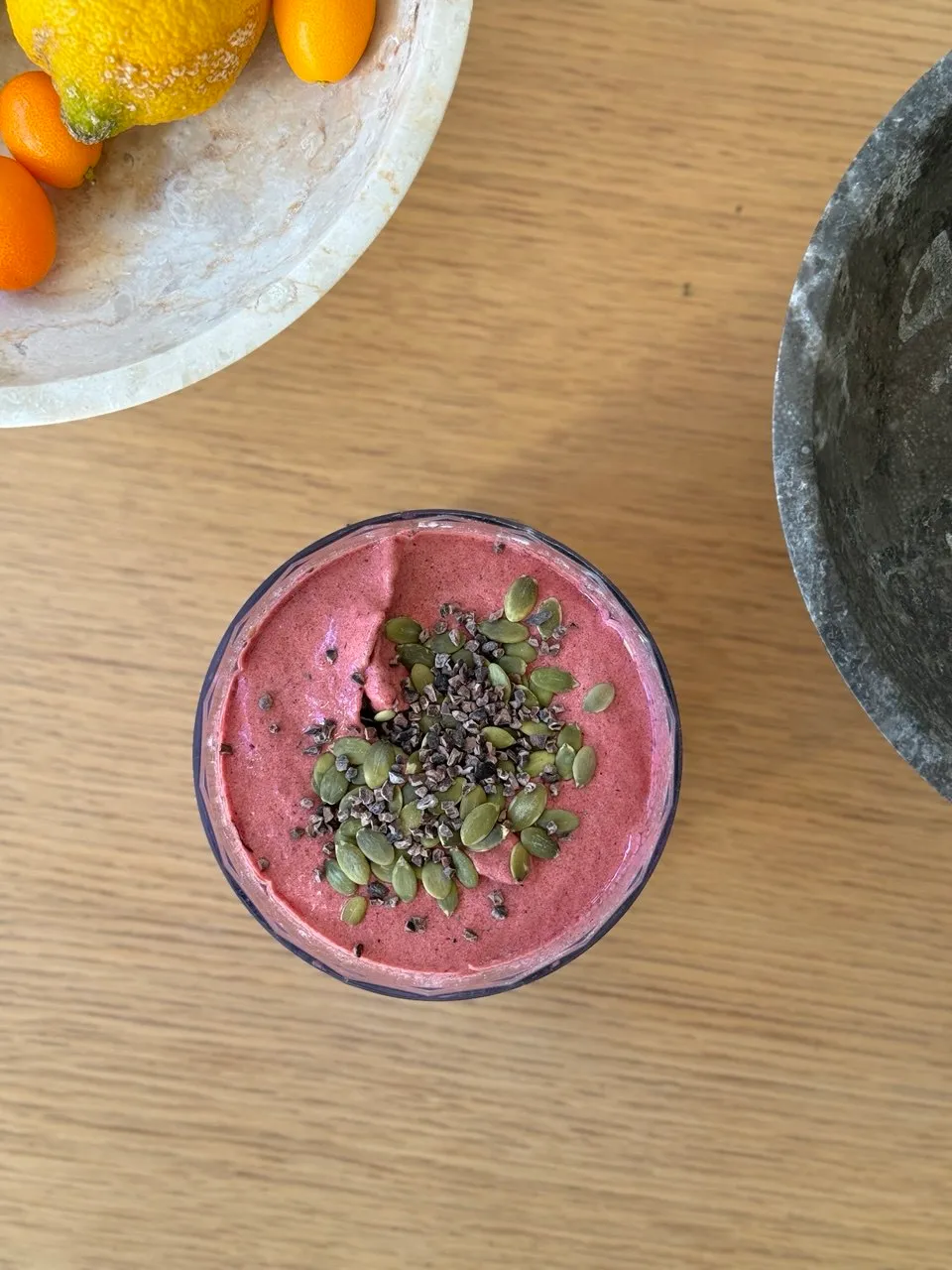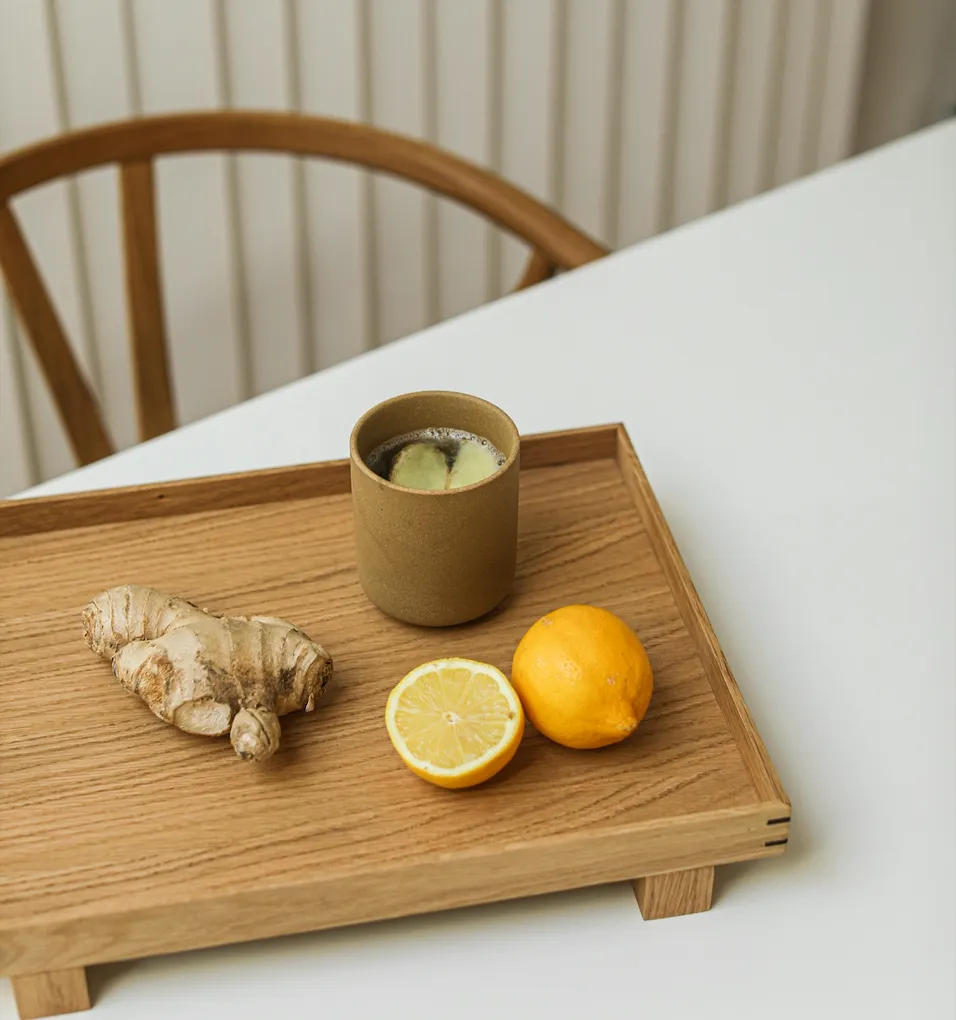
Turmeric fills dishes and drinks with a fresh, vibrant, slightly earthy aroma, reminiscent of mustard and ground white pepper. It is a powerful immune tonic — both as a preventive remedy and at the early stages of illness. In Ayurveda, it is prescribed for complex gastrointestinal disorders, and when added to milk, it is used for various dermatological inflammations. In India, turmeric is widely recognized as a potent blood purifier.
The trend of drinking turmeric instead of a caffeine-based latte is gradually making its way into most cafés. In India, it is traditionally consumed with milk. In health-conscious establishments, it is often paired with soy or almond milk to eliminate lactose and excess calories. The term golden milk has been sweeping through health-focused media, from glossy Vogue features to Californian wellness blogs and organic markets in Bali. It has found its place in yoga studios and Instagram feeds. After the dynamic wave of açai berries, which followed the popularity of matcha and kombucha, we have now entered the golden era of turmeric fascination. The turmeric root is an old and trusted superfood. It is no surprise that people keep returning to it time and time again.

This spice, whose root closely resembles ginger on the outside but is vividly golden-orange inside, is a cornerstone of South Asian cuisine and Ayurvedic medicine. Turmeric has a very strong anti-inflammatory effect. Early internal inflammation is the body's first response to environmental stressors and an unhealthy diet. The combination of these factors creates the groundwork for many diseases that we will have to battle as we age. This impact of curcumin on the microbiome and cognitive function is now being carefully re-examined at the Clinical Nutrition Department of the University of California, Los Angeles. So far, studies suggest that turmeric’s power goes beyond its anti-inflammatory effects. It is also a potent antioxidant, provides neuroprotective benefits, and has anticancer properties. However, as with all superfoods, these benefits manifest most effectively within the context of a healthy diet — one that includes an abundance of vegetables and fruits, complete proteins, and good-quality plant-based fats. A strong foundation makes it easier to build good health and maintain an appealing appearance at a fast pace.

I sometimes brew turmeric with crushed cinnamon, fennel, cardamom, and coriander in the evening as a tea alternative. This is a completely Ayurvedic approach. But on colder days, I enjoy it with milk.
- ¼ tsp turmeric
- ¼ cup water
- 1 cup milk (whole cow’s milk, goat’s milk, soy, or almond milk)
- 1–2 tsp. ghee (clarified butter), coconut oil, or cocoa butter
- a pinch of cinnamon or cardamom
- ¼ tsp. ground black pepper
- honey (added when the milk has cooled slightly)
Steep all the ingredients, except the honey. Simmer on low heat for 5–10 minutes. Sweeten to taste.
Steep all the ingredients, except the honey. Simmer on low heat for 5–10 minutes. Sweeten to taste.










